Automotive Clusters Face New Challenges and Seek Opportunities in 2021

Warning: foreach() argument must be of type array|object, bool given in /home/mexiconow/public_html/sites/mexiconow/wp-content/themes/mexiconowwpnew/single.php on line 254
By Iván Iglesias
The development of new technologies used to adapt to the regulations and demands resulting from the pandemic,
as well as the adoption of the rules imposed by the USMCA, make the expansion of automotive supply chains an objective to be achieved in Mexico for the following years. But, to achieve this, it is necessary for the national automotive clusters to overcome different challenges, which in the future represent a series of opportunities to take advantage of.
In the framework of Mexico’s Auto Industry Summit 2020 organized by MEXICONOW, the automotive clusters of Chihuahua, the State of Mexico and San Luis Potosí (members of the Network of Automotive Clusters in Mexico) provided their views on the future of their regions.
Chihuahua Automotive Cluster Tarsicio Carreón, President
Our mission is to be recognized nationally and internationally as a sustainable and globalized cluster, derived from a market where everything is interconnected thanks to new technologies.
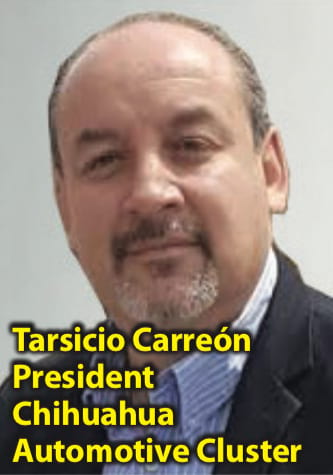
In the future we must focus on controlling those factors that could affect our industry. This is a very present objective on which each of the companies that make us up [as a cluster] are focused.
One of the factors to which we must pay close attention in our region is government restrictions on companies resulting from the emergence of the pandemic last year, which have reduced work capacity by 60%. All these restrictions are external to our companies, but they require immediate attention, which has significantly reduced our mobility and logistics capacity. Despite this fact, we understand that all these measures are to ensure the health of
workers and their families, which is our main goal: to stay safe from anything as an industry and as a society.
The second thing we are paying attention to is how COVID-19 is affecting our workforce. Despite the security measures implemented, we have medical absences because of suspicion of direct contagion or from a family member, so we have to be very careful to monitor the activity and safety of our workforce, above anything else.
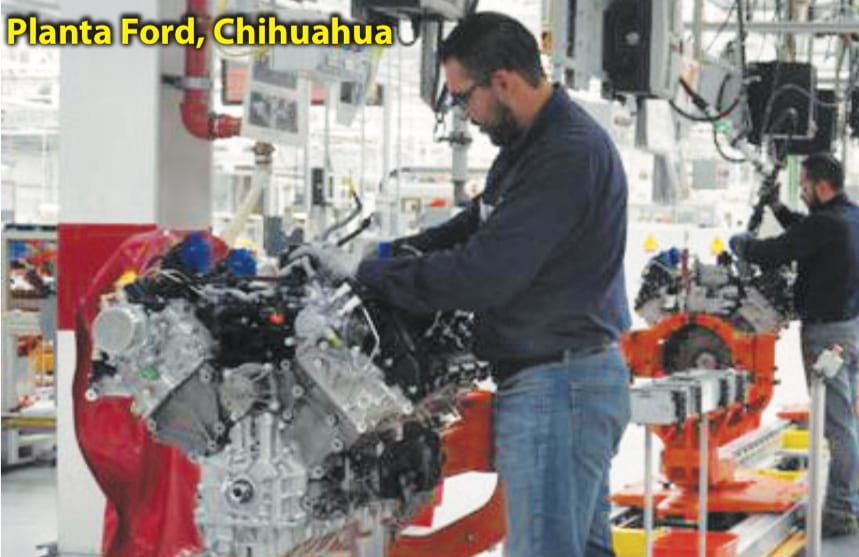
In all these circumstances, we must have a strategy to be able to guarantee the number of qualified personnel that support production, especially in those positions that are key. [As a cluster] and as affiliated companies
we must have the flexibility to adapt to existing and future crises. So, it is essential to glimpse all the possible scenarios, see how our operation can react and adapt in terms of the size of the operation and methodologies, as well as visualize the local resources that must be had to achieve a rapid control response in the region.
The best way to face these challenges is to accelerate investments in the region, which would allow us to increase efficiency or eliminate possible bottlenecks derived from all COVID-19 restrictions, which translates into being able to reduce production costs and increase our capabilities.
Mexico State Automotive Cluster Gunther Barajas, President
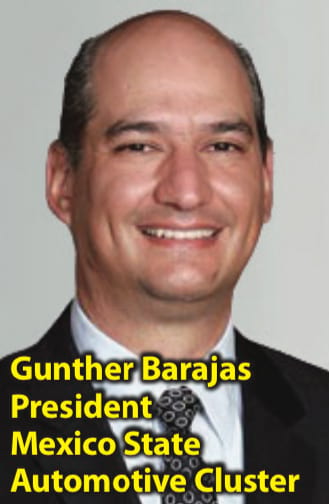
Our main bet in the region is to develop even more in the technological part as 2021 will be a year with many challenges, and digital technology will be a key element to achieve the transformation.
We are facing a clear challenge: to achieve greater investments with the idea that new investors can find the best local talent at the best price. This objective is clear because all the technology that is implemented at the production level is changing, so we need to elevate our ways of operating. That is why we face these challenges by working closely with the Ministry of Economy and with multiple members of the academic sector. With this, we wish to provide the automotive industry with a highly trained workforce in high technology and make the State of Mexico a benchmark for the entire industry.
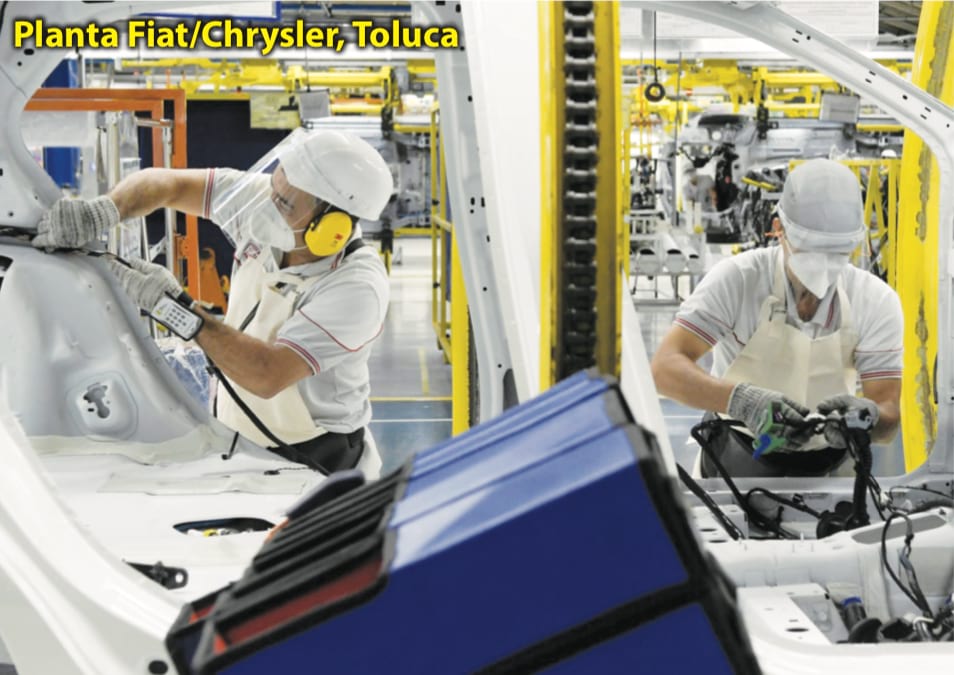
In the region, we are working closely with OEMs, Tiers 1 and 2 to achieve this technological vision. In this context, there is a big challenge: How can you, logistically, link the new digital tools with delivery issues throughout the supply chain? Here in the region, we must be very clear about how we could provide new technological platforms, with the new links needed within the chain to achieve export and deliveries in a timely manner. To achieve this, given our “new reality,” digital cloud services are essential. This technology allows us to work remotely and see in real time how the floor is progressing.
Our technology committee is working closely with the members of the Cluster in order to help them be more agile when they want to respond quickly to the needs of the market and the industry in general.
San Luis Potosí Automotive Cluster Alejandro Veraza, Director
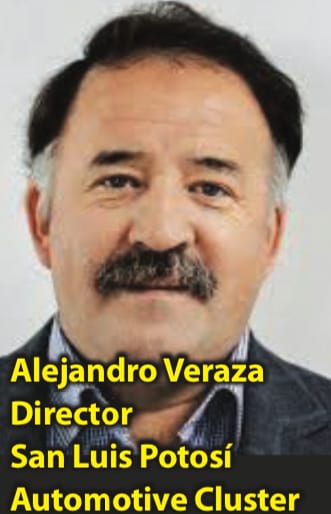
We have added value to the automotive industry by developing new strategies that revolve around the new requirements of this industry and that help everyone in the region achieve their objectives.
We currently have challenges to face and that we are successfully overcoming . For example, after closures resulting from COVID-19, all the companies that make up the SLP Cluster were able to return to work in a record time of three weeks after restarting operations in June 2020.
What we see for 2021, in terms of the new USMCA, is that new opportunities come with it. Of course, this treaty represents a great challenge, as in any trade agreement, but for Mexico it is a great opportunity. We see that the new requirements of the USMCA will lead us to increase the value of all regional production. So, we will see, in the next four years, a clear increase in regional content, which will mean that we will need to produce more auto parts throughout the North American region.
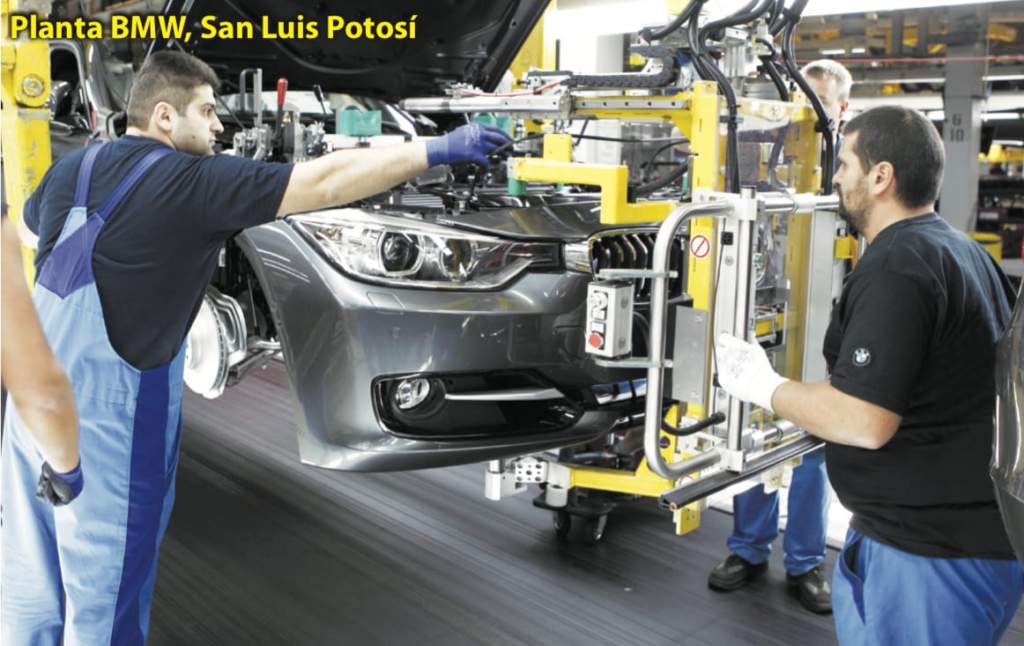
In particular, in Mexico we have the opportunity to reduce labor cost compared to the U.S. and Canada and increase the Mexican regional content by 50%. So, we have a great opportunity to increase the activities of Tier 1, 2 and 3 to reach that percentage.
This region (which includes the entire Bajío region) has most of the country’s OEMs and Tier 1. The challenge is to add to Tiers 2 and 3, two even smaller levels, especially if we compare, in general terms, that Mexico does not have the same pyramid as other countries such as the U.S. and Canada, where Tier 3 are the vast majority.
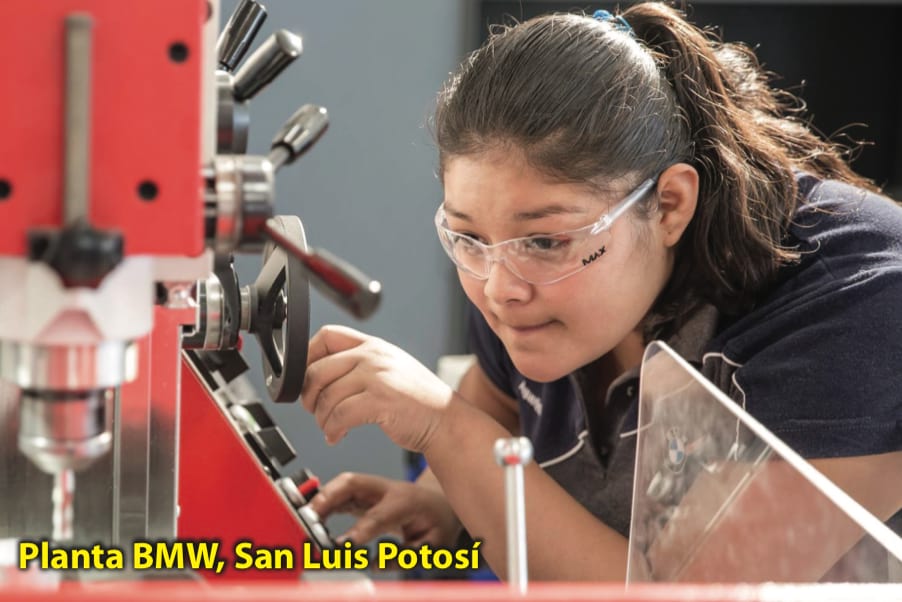
But this is not the case in Mexico. The challenge is that our SMEs should promote themselves to be at Tier 3 level, not only in the Bajío region (where SLP is located) but throughout the country. So, we should work more to see how entrepreneurs can invest more money and guide them to reach their full development, since many do not know how the automotive industry works at these levels. Therefore, the challenge is to promote Tier 2 and 3 so that they can grow together throughout the entire value chain of the automotive supply chain.
Finally, I think that we must go beyond COVID-19. We must think that the virus is already part of our current condition and reality. I mean working in a safer environment, working with our companies to increase efficiency levels. With this we will achieve our goals and overcome the challenges that arise in the future.




